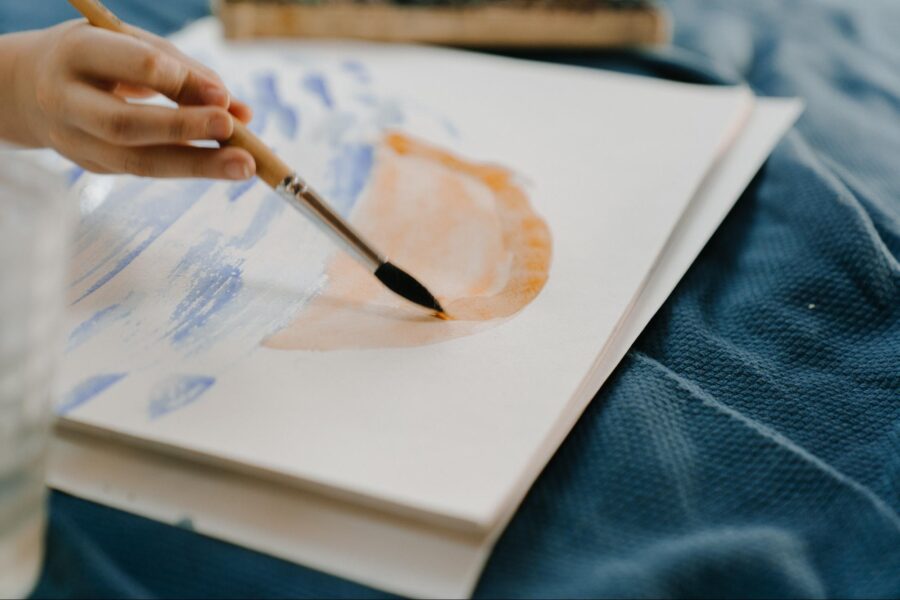Creative expression is often overlooked in traditional substance abuse recovery programs, but the potential therapeutic benefits are immense. Whether through art, music, or writing, the act of creating can lead to greater self-awareness, goal-setting, and emotional processing essential for successful recovery. This article will explore the various methods and benefits of incorporating creative expression into one's recovery journey.
Integrating Creativity with Traditional Treatments
While creative expression can be a powerful tool in one's recovery journey, it is essential to recognize its role as a complement to other forms of treatment, such as individual therapy, group therapy, and medication management. Integrating creative expression with traditional therapeutic approaches may offer participants the most holistic and comprehensive path toward healing, allowing them to address their physical, emotional, and relational needs most effectively. Additionally, individuals with DUI-related charges can also benefit from various online services such as Arizona online DUI screening to meet court requirements while also benefiting from these therapeutic approaches.
Art, Music, and Writing
Art therapy 1https://www.everydayhealth.com/integrative-health/potential-health-benefits-of-art-therapy/ involves the active creation and interpretation of visual art to help individuals explore their emotions, reduce anxiety, and improve self-esteem. Common methods include art journaling, collaging, painting, and drawing. It can provide a non-verbal avenue for communication, helping individuals better process their emotions and express themselves. Art journaling can be very beneficial as it involves a personal and often private record of thoughts, experiences, and emotions expressed through visual means.
Music therapy uses music to engage, express, and regulate emotions; promote relaxation; and foster positive connections with others. Listening to or creating music can help to improve self-expression, communication, and emotional understanding. There are various interventions and practices within music therapy, such as songwriting, improvisation, and performing.
Writing therapy 2https://positivepsychology.com/writing-therapy/ is the practice of using writing as a means of self-exploration, emotional processing, and expressive communication. Writing can serve as a powerful tool for organizing thoughts and expressing oneself, ultimately leading to a greater sense of well-being. Prominent forms of writing therapy include journaling, poetry, and creative writing.
Dance and Drama
Dance and movement therapy use the body's natural movement patterns to facilitate emotional healing, foster self-awareness, and improve overall well-being. By engaging in expressive movement, individuals can confront and process their feelings, while simultaneously developing a sense of empowerment and body awareness. Common forms of dance and movement therapy include structured dance classes and expressive or improvisational movement workshops.
Drama therapy 3https://positivepsychology.com/drama-therapy/ incorporates elements of theater and improvisation to facilitate self-expression, emotional growth, and social connection. Participants in drama therapy often engage in role-playing exercises, storytelling, and group activities designed to encourage communication and foster personal growth. Not only can this form of therapy be helpful in processing emotions, but it can also provide individuals with new social skills and coping mechanisms.
The Benefits
Regardless of the chosen medium, there is a wealth of benefits to incorporating creative expression in the recovery process. Some of the primary advantages include emotional processing, increased self-awareness, stress reduction, and concentration.
Creative expression can serve as a cathartic release of emotions and a way to make sense of one's thoughts and experiences. Delving into the creative process encourages introspection and personal growth. Creating art can provide a sense of calm and relaxation, leading to reduced stress during recovery, and engaging in creative activities can promote mindfulness and sharpen concentration.
Establishing a Creative Practice
Developing a daily or weekly creative practice is crucial to experience the benefits of creative expression in one's recovery journey. Here are some tips:
- Set aside time for creativity: Dedicate specific blocks of time 4https://www.northshore.org/healthy-you/how-to-start-a-new-routine-and-stick-to-it/ each day or week to engage in your chosen creative medium.
- Start small: Begin with manageable goals, such as creating a small piece of artwork or writing a short poem, and build from there.
- Find a supportive community: Join local groups or participate in online forums to connect with others who share your creative interests.
- Be patient: Remember that the process of creativity is just as important as the outcome, and personal growth takes time.
Conclusion
Exploring creative expression can be a transformative and vital part of one's recovery journey. Whether through art, music, writing, dance, or drama, these therapeutic practices can lead to emotional healing, improved self-awareness, and a renewed sense of purpose. By incorporating creativity into recovery, individuals can embrace their full potential and take significant strides toward lasting change.
Additional resources and citations
- 1https://www.everydayhealth.com/integrative-health/potential-health-benefits-of-art-therapy/
- 2https://positivepsychology.com/writing-therapy/
- 3https://positivepsychology.com/drama-therapy/
- 4https://www.northshore.org/healthy-you/how-to-start-a-new-routine-and-stick-to-it/

